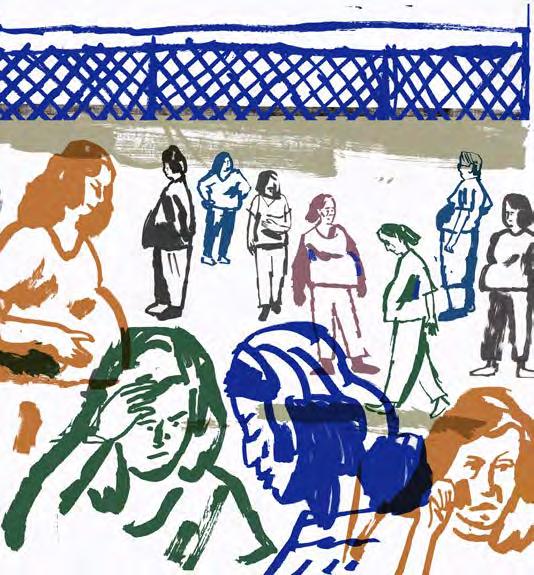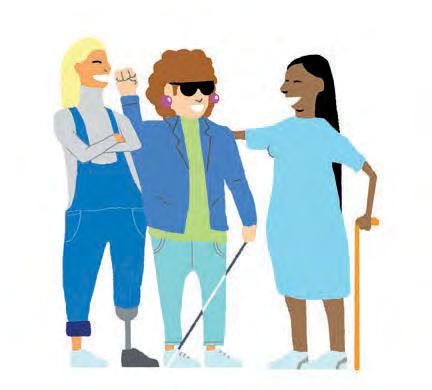
3 minute read
Mindfulness exercises with Lee
Mindfulness Exercises
My name is Lee Marriner and I am a personal trainer from Durham. Fitness, high intensity interval training (HIIT) and mindfulness are my passion, and since being introduced into my life, they have enabled me to help myself and others.
Advertisement
Mindfulness is a type of meditation or practice of being present that helps to relax the body and mind in order to reduce the risk of anxiety, depression and stress. It involves reconnecting with our bodies by engaging the five senses (sight, sound, smell, taste and touch), and bringing our attention to the present moment.
In light of the coronavirus pandemic, it is natural for you to be experiencing heightened anxiety. This is why now, more than ever, we need to pause, take a deep breath and look after our mental health.
Being more aware of the present moment through mindfulness can help us to recognise the warning signs for when we might be on the brink of mental decline. These signs might include: l Difficulty falling or staying asleep (insomnia) l Difficulty concentrating l Feeling on edge l Irritability l Muscle aches l Overthinking l Restlessness l Tiredness l Trembling or shaking Recognising these warning signs can be useful to help identify the problem and take the necessary steps to settle our nervous system. Here are some mindfulness stretching exercises you can practice throughout the week.
Weekly exercises
Seated forward bend (Part 1) A calming pose that targets your calves, hamstring muscles and back.
Begin with your legs stretched out in front of your body. Bring your arms to your sides and up over your head, reaching towards the ceiling as you inhale. Hold this pose for 45 seconds.
Seated forward bend (Part 2)
As you exhale, bring your arms forward, lengthening your spine. Imagine your belly on your thighs – this will help lengthen your spine. Hold this pose for 45 seconds and repeat five to six times.


Child’s pose A calming stretch that helps release tension in your chest, shoulders and back.
Begin by sitting on your knees. Spread your knees about a shoulder-width apart, keeping the tops of your feet on the floor with your big toes touching. Then stretch out your arms in front of your body, with your palms facing down on the floor. Hold the position for as long as is comfortable (ideally 45 seconds), concentrating on inhaling and exhaling deeply. Repeat five to six times.
Triangle pose A stretch that helps improve balance and stretches your leg muscles, hamstrings, calves, shoulders and spine.
Start by standing and facing straight ahead. Lower your left hand down your side towards your shin or your ankle – whichever feels most comfortable for you. Stretch your right arm above your head so that your fingertips face towards the ceiling. You can choose to leave your head in a neutral position or turn to face your stretched out fingertips – again, whichever feels most comfortable for you. Make sure to keep a slight bend in your knee on the leg that has the pressure on it. Hold this position for 45 seconds, and then repeat on the other side. Repeat this five to six times.
Downward Dog A popular full-body stretch that stimulates blood circulation.
Start by standing tall with your feet apart. Bring your hands down onto the floor, palms down, fingertips spread. Keeping your legs straight, let your head hang and your quadriceps (the top of your legs) take the weight from your arms. Hold this pose for 45 seconds. Exhale, then return to the start position and repeat the stretch between five to six times.


Cobra A stretch to help relieve back pain.
Begin with your stomach against the floor and your feet hip-distance apart. Place your palms flat on the floor, pressing down lightly and keeping your elbows tucked close to your body. Hold this pose for a minute. As you inhale, lift your chest off the floor, pulling your shoulders back, keeping your elbows tucked firmly into your body and your gaze frontwards. Hold again for a minute, then repeat five to six times.
Remember: concentrate on your inhaling and exhaling during each exercise.











